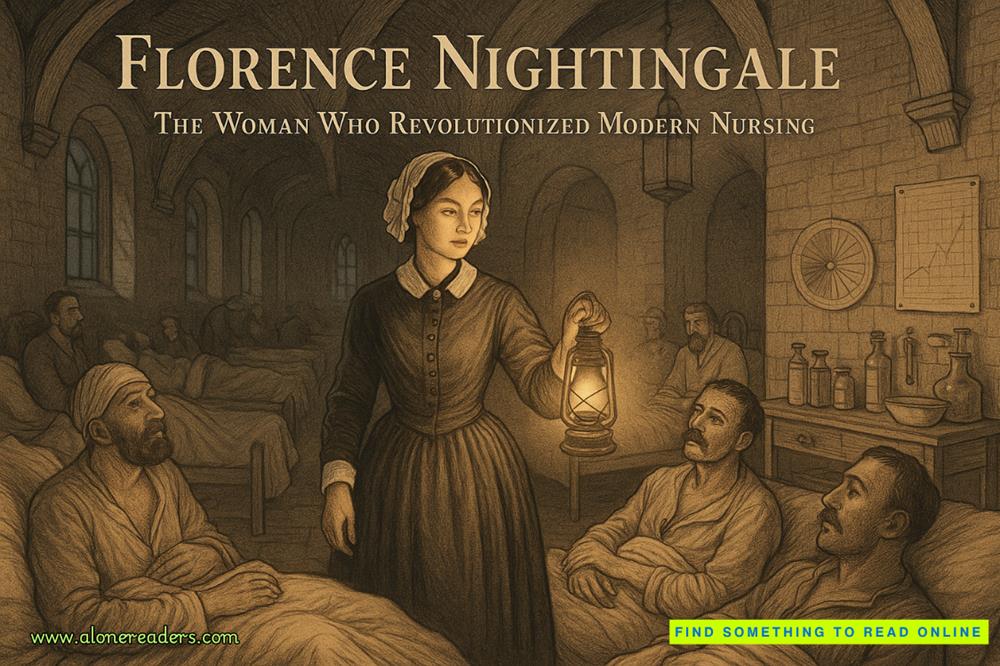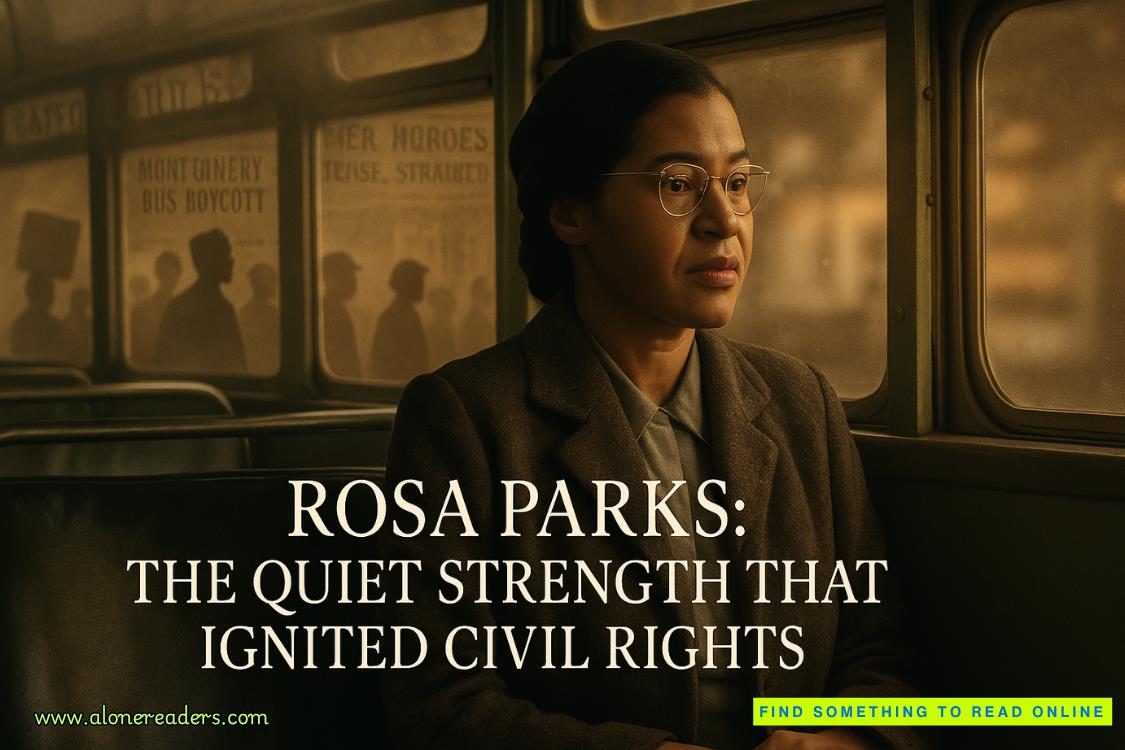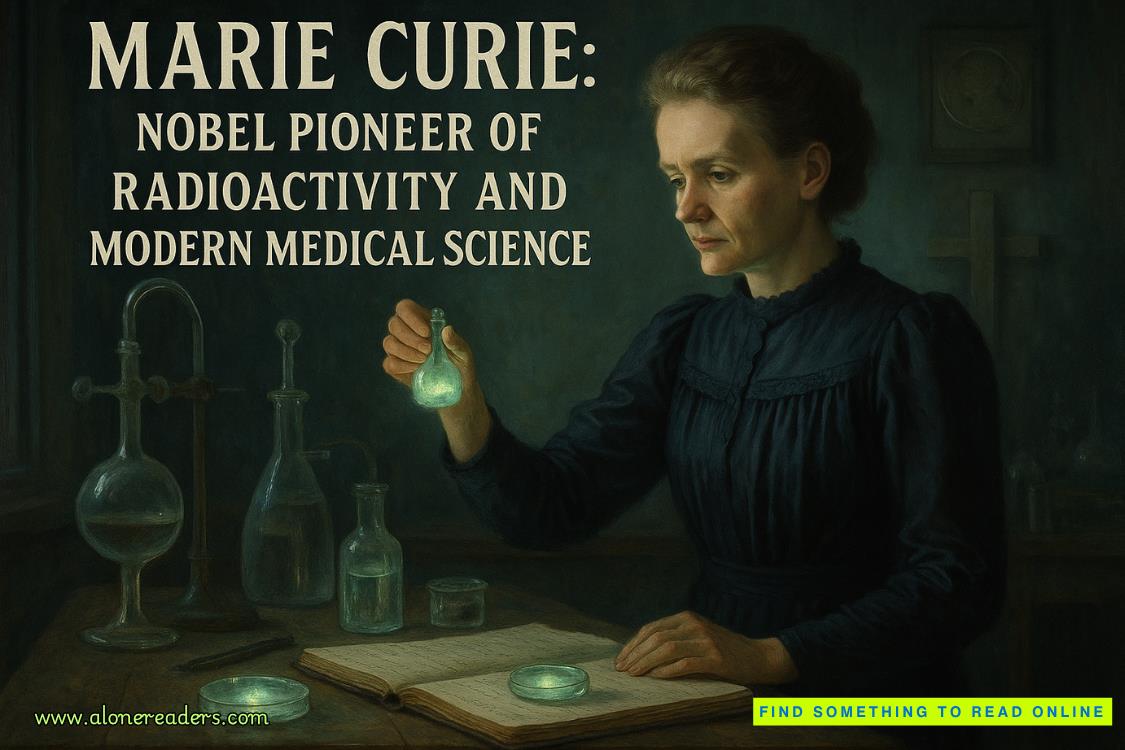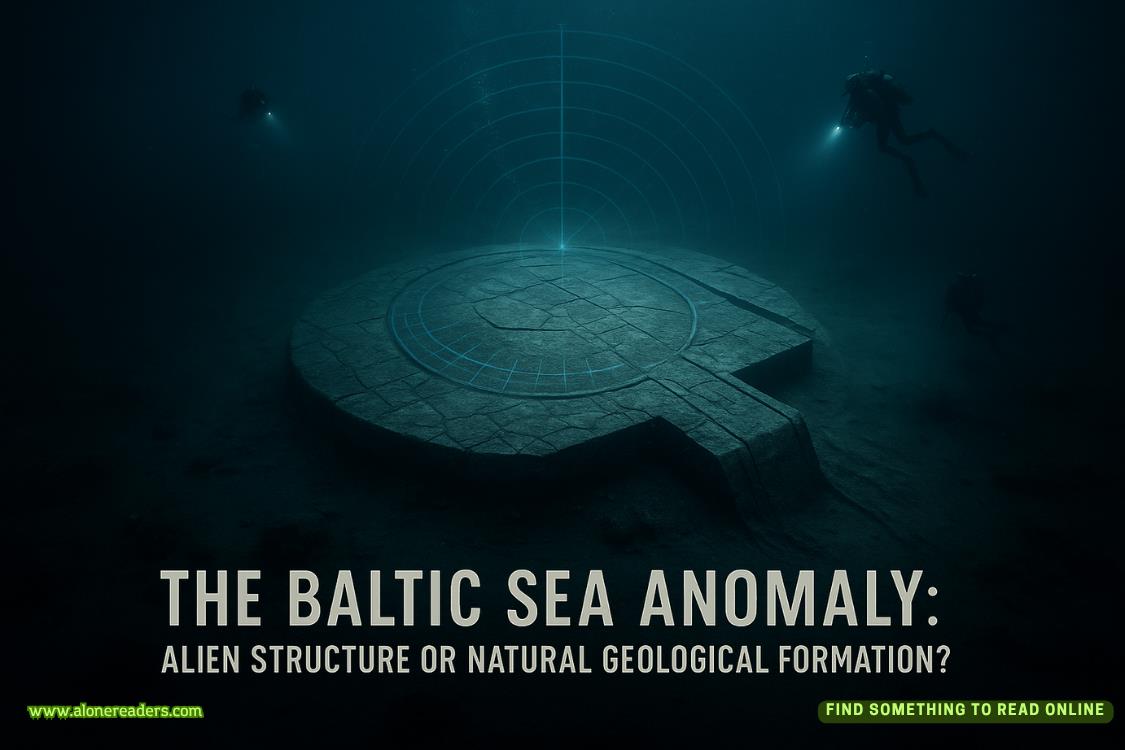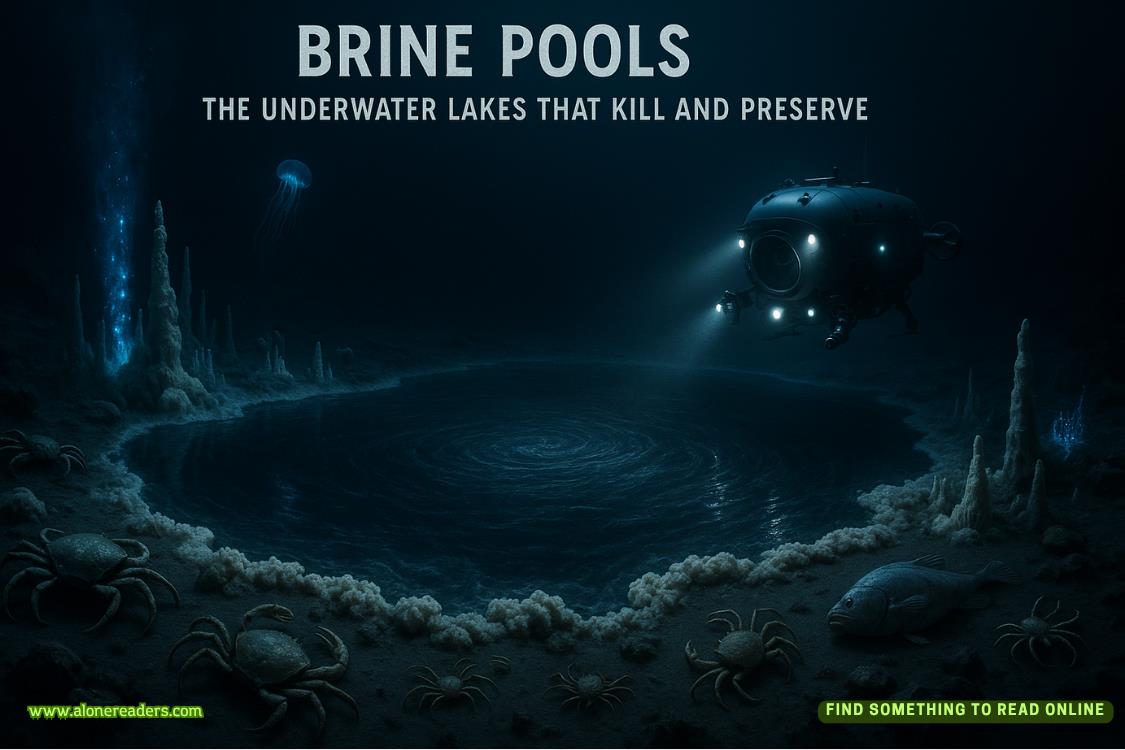Page 37 of Hello Stranger
The portraits I did were classic, traditional ones. One of my art teachers in college had called me “a multicultural twenty-first-century Norman Rockwell.” I took all different kinds of subjects and gave them aSaturday Evening Posttreatment—realistic, simple, easy-to-understand images with lots of warm rosy light and plenty of charm. Those were the style of portraits my mother had painted, too—and, in fact, I’d taught myself to paint by copying her portfolio. That’s what I did in high school instead of drinking: stayed in the art studio twenty hours a day and copied my mother’s brushstrokes.
I’d say, at this point, you could barely tell my work apart from hers, and that not only made me feel proud—it made me feel like I’d found a way to hold on to her.
But here’s the truth about portraits like these: They are all about the face.
Everything in a portrait like that is directing the viewer toward the face—the lines, the angles, the framing, the colors. The face is where the emotions are, and where the story lies, and where the heart of the whole thing happens.
You can’t fudge it, is what I mean. You can’t put the subject in sunglasses. Or have that person facing away from you or hanging upside down or hiding under a hat. Not if you wanted to be good. Not if you wanted to win ten thousand dollars. You needed a perfectly rendered, so-detailed-it-feels-alive face—front and center.
I’d done it a thousand times. I’dcrushed ita thousand times.
Faces were my specialty.
But now?
I had no idea what to do.
And I had only three weeks left to figure it out.
AT SOME POINT,in the wake of what Sue called my “facepocalypse,” she had kindly agreed to be my live model. I had a better shot with her face, she reasoned, since I knew it so well.
And plus, as ever, she’d be willing to do crazy stuff.
I called her after getting the reminder email, and I said, “We’re still on for tomorrow, right?”
“Of course,” Sue said.
“Don’t flake out, okay? I really need you.”
“I never flake out,” Sue said.
She sometimes flaked out, to be honest. But who didn’t?
Sue worked as an art teacher at a primary school, and the plan was for her to come over after work every day for a week. We’d split some kind of takeout dinner, and her boyfriend Witt swore he didn’t mind her “working late.”
“You’re not really working, though,” I said. “Are you?”
“Labor of love,” she said, letting us both be right.
I made Sue bring her red polka-dot dress with the ruffle sleeves. If the face was going to be weaker than usual in this portrait, then everything else had to be stronger. I’d need to render the silkiness of those ruffles in a way that made youfeelthem rustling against your own skin. Also, the red needed to be just right—rich and eye-catching without being overwhelming. I’d have Sue sit on the floor and frame the perspective from up above so I could fill as much of it as possible with that gorgeous fabric.
No question: that polka-dot dress had a lot of work to do.
Sue, I should mention, has a stunningly beautiful face. She has perfectly defined lips, an elegant nose, black hair so shiny she could sell shampoo, and monolid eyes with deep brown irises. I’d painted her twenty times, at least, and she was one of my favorite subjects.
In ordinary times, we’d already have this thing locked up.
But now, of course, things were different. Maybe I knew her face so well, I didn’t have to see it to paint it? Maybe I’d painted her so many other times, my hands would know what to do by muscle memory?
I closed my eyes and tried to picture Sue’s face.
But no luck.
I could see her hair. If I zoomed in, I could remember the bow shape of her mouth. The rich brown of her eyes. But all the pieces put together?
My mind’s eye drew a blank.
The old me would have had this thing in the bag. But I kept pushing that thought aside.Our thoughts create our emotions.I wasn’t going to make this harder on myself—it was hard enough. I wasn’t going to freak myself out. I would practice the art of self-encouragement if it killed me.
